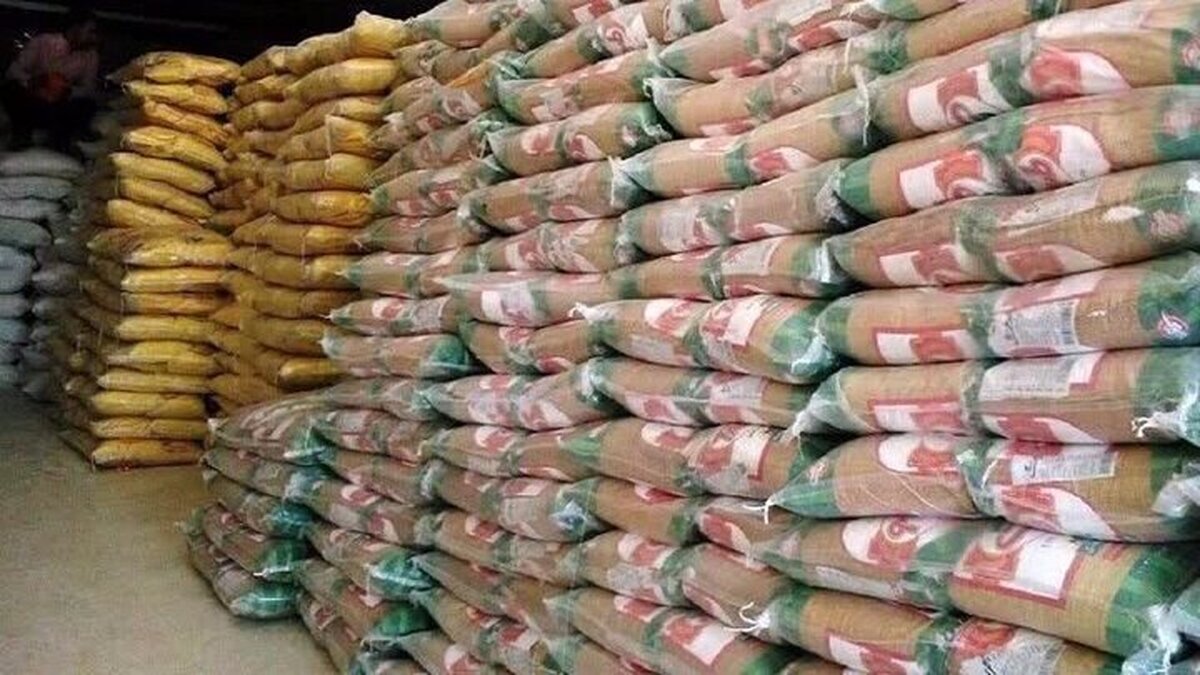
Rice Imports Up 24% to 665K Tons
EghtesadOnline: Iran imported a total of 665,000 tons of rice during the current Iranian year’s first eight months (March 21-Nov. 21), showing a 24% rise compared with the similar period of last year, according to the director general of Distribution and Sales Coordination Bureau with the Government Trading Corporation.
“Some 445,000 tons of the total consignments were imported by the private sector and the remaining 220,000 tons by GTC,” Hojjat Baratali was also quoted as saying by Mehr News Agency.
GTC is the lever for enforcing market controls and is in charge of maintaining a supply of wheat, rice, cooking oil and meat for the country’s strategic reserves of essential goods.
The official noted that at present, sufficient rice is available in the market and the government’s strategic reserves are in good condition.
Every year and during the rice harvest season, the government bans rice imports in support of local farmers and domestic production. The ban usually begins in August and lasts until November. Yet, this year, due to unfavorable weather conditions and low precipitation levels, leading to a decline in production, the ban was lifted two weeks earlier.
Iranians consume around 3.2 million tons of rice a year. The difference between domestic production and local need is imported from the UAE, India, Pakistan, Thailand, Turkey and Iraq.
Figures of this year’s domestic production have not yet been released. Faramak Aziz-Karimi, the Agriculture Ministry’s director general of Grains and Essential Goods Department, had told IRNA in September that close to 2.2 million tons of rice are estimated to be produced in the country in the current Iranian year (March 2021-22), registering a 13.36% decline compared with last year.
“The fall in production results from water shortage and unfavorable weather experienced so far this year. Rice, being a water-intensive crop, is highly dependent on precipitation and other water resources. This year has been relatively dry and production has decreased, but we began the year with 660,000 tons of reserves from last year, so hopefully, there will be no trouble supplying the domestic demand,” he added.
The official noted that a total of 2.6 million tons rice were produced in the last fiscal year (March 2020-21) from more than 800,000 hectares across the country, registering a 10.34% decline compared with the output of the year before.
“Over 73% of the country’s rice cultivation took place in the three northern provinces of Gilan (32%), Mazandaran (26%) and Golestan (15%), and 18% in the southern province of Khuzestan, adding that the staple grain was also cultivated in 15 other provinces, which accounted for 8% of the annual harvest,” he was quoted as saying by IRNA.
According to Aziz-Karimi, more than 654,000 hectares of paddy fields are scattered across the country, 440,000 hectares of which are located in the above-mentioned three northern provinces.
Iran is the fourth largest importer of rice in the world, chiefly from India, according to a report by Iran Chamber of Commerce, Industries, Mines and Agriculture.
Drought has inflicted over 670 trillion rials ($2.4 billion) in losses on Iran’s agriculture sector since the beginning of the current crop year.
According to Mohammad Mousavi, an official with the Agriculture Ministry, assessments carried out over 11.2 million hectares of farmlands in 30 provinces show 43% of the total losses pertained to the decline in production of agronomic crops, 26% to horticultural products, 13% to fisheries and livestock, and 11% to forage crops.
“In addition, 4% of the total damage are to blame on challenges facing water transportation infrastructures, pools, pipes, aqueducts and springs, and 3% of losses can be attributed to water supply complications and the animal feed used by nomads,” Mousavi was quoted as saying by Mehr News Agency.



